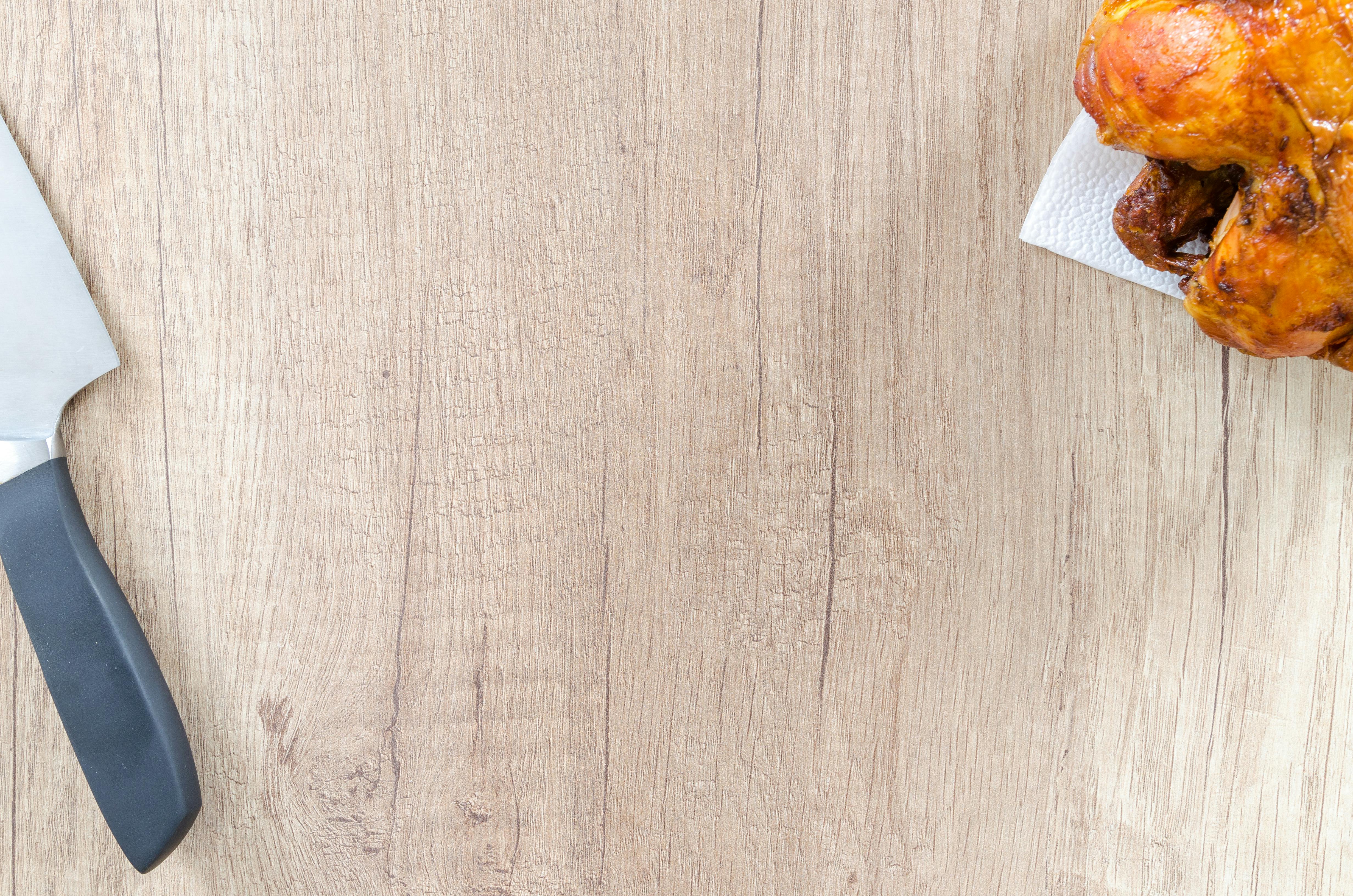
Rice cookers generally work by boiling the rice and monitoring the temperature. When each of the water has boiled away, the temperature actually starts to rise, which tells the rice cooker to seal off as the rice is conducted. Obviously, this means that the time the rice cooks depends entirely on just how much water there exists in the cooker. If you don't devote enough water, the rice may come out underdone; if you set up too much, overdone. With practice, it truly is even possible to very precisely adjust the qualities of one's cooked rice by adjusting the lake ratio. Note that in the event you're using totally dry rice, additionally, you will need to give a bit more water (about 1/4 cup per cup of rice, again slightly less for larger numbers of rice). The 1:1 ratio is founded on the assumption that some water will probably be retained with the rice as a result with the rinsing process (see below).
Keep at heart, however, that is only a guideline. Different rice cookers can differ somewhat, and different sorts of rice require different degrees of water at the same time. Take the time to familiarize yourself along with your cooker as well as your rice, and perform a little test runs of rice batches (rice is affordable) to view what in fact is the right ratio available for you. Rinse your rice before cooking. Before cooking rice in the rice cooker, you need to rinse it thoroughly. Place the rice within a large container (most rice cookers actually have a removable bowl which works acceptable for this purpose) and fill the container with water, swirling the rice when you fill. Pour the cloudy water and repeat. Do this until water "runs clear" (really it is going to never be completely clear, but rinse it soon you can at least easily make the individual rice grains costly through a number of inches of water). When done, drain the rice also as you'll be able to (it's going to still retain a little water, and that is ok), then place it inside cooker, add the best amount of water, you need to cooking.
Once upon a period of time, rice was coated that has a fine dust of talc to help keep it from sticking together during storage. The original aim of rinsing rice ended up being to remove this talc coating, which obviously wasn't particularly tasty. Nowadays, however, a starch-based anti-caking agent is used instead, and that is completely edible and tastes pretty much like the rice itself, lots of people have come to concluding that rinsing has become unnecessary. In a rice cooker, however, rinsing the rice has another purpose: It makes the rice cook better. I know from personal experience that is the case, but I have no idea of exactly why. My current theory goes on the following lines: The anti-caking agent in modern rice actually absorbs and binds some in the water from the pot to a thin film around each grain since the rice cooks. One other good thing about rinsing your rice is that it retains a little water in the rinsing process, helping to make the 1:1 water-to-rice rule above appear just about exactly right inside the end. Some sources recommend letting your rice drain inside a collander as much as half an hour after rinsing before cooking it.
No comments:
Post a Comment